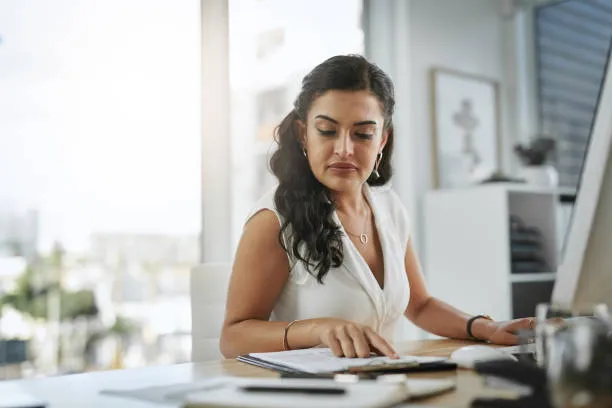Arabic, a complex and beautiful right-to-left script language, is spoken by millions of people worldwide. Whether you are an individual, a business, or an organisation looking to bridge language and cultural gaps, high-quality Arabic translation services are essential. In Australia, a diverse and multicultural country, the demand for accurate translation services is on the rise, catering to a wide range of needs.
When hiring Arabic translation services, you will familiarise with right-to-left scripts
Some languages use right-to-left scripts. A right-to-left script is a writing system that reads from the right of the page. The most obvious languages that use right-to-left scripts are Arabic, Persian (Farsi), Dari, Hebrew, Urdu, and Pashto.
Things to consider when hiring Arabic translation services: right-to-left typesetting (InDesign, Illustrator, Photoshop)
Working with right-to-left scripts can be complicated. As an added complication, it’s actually quite common for software not to be compatible with right-to-left scripts.
When translating into right-to-left languages like Arabic, it’s important to note that the direction of the script doesn’t only affect the text, it affects other elements in the document.
So what exactly changes when we translate from English into, say, Arabic?
1. Page order
If we are translating a flyer or a booklet into Arabic, we also need to reverse the order of the pages and mirror all the visual elements such as logos, headers/footers and images.
Since an Arabic reader will open and read documents from back to front, the Arabic translation of a booklet should have the front and back covers reversed compared to the English version.
2. Position of images
Basically, a person reading a document from right to left must find all the elements in the same order as someone reading the same document in a left-to-right script.
3. Images and graphics
Graphics and images, too, need careful consideration. Normally, when we translate into Arabic, Farsi, or Dari (amongst others), we reverse all the graphics in a document: logos and imagery get flipped to the opposite side. The alignment changes as well. Where there is text on an image, it needs to be translated and reinserted from right to left.
Faces, too, generally look into the page rather than out so a photo on the right looking left into the page, won’t be suitable for a right-to-left script as the person will be looking out of the page.
4. General order of the layout
Let’s imagine that we are translating a 3 column document from English into Arabic. In the Arabic document, the first column starts at the top right of the page (as opposed to the usual top left start in English).
And if we think about a table, the first column is the one on the right.
So… is there anything that doesn’t change?
Not all elements in the text are reversed, which is a very common problem when organisations who hire Arabic translation services encounter if they decide to take care of the graphic design themselves (using programs such as InDesign, Illustrator or Photoshop).
Phone numbers (and numerals in general) are typically written using Arabic numerals (Arabic numerals are the ones we use in English: 1,2,3,4,5,6,7,8,9,0), rather than Hindi numerals (these ones look different).
When using Arabic numerals, the order of the numbers remains like in English. So phone numbers, for instance, must read like in English (from left to right), even though the text around it reads from right to left.
Another peculiarity of Arabic scripts is that letters have different forms depending on whether they are isolated, at the start of a word, in the middle of a word or at the end. Similar to how in Latin scripts, letters look different when they are capitalised (and no, in Arabic there are no capital letters!).
What happens if I paste my Arabic translations (delivered in Word) into InDesign, Illustrator or Photoshop?
If you try to copy Arabic text from Word to paste it in InDesign, it is very common for all the words to appear in their isolated form, and the order can quite likely be a mess.
As you can see, right-to-left scripts are not easy to handle. If you need to engage Arabic translation services… don’t risk it and have your translation service provider typeset the translations for you.
Related Posts

Get a quote today
"*" indicates required fields
Subscribe today to receive the latest insights and updates from Sylaba Translations








